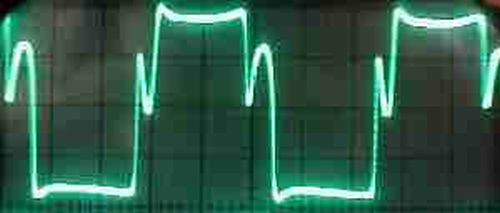As we know guitar OTs are not designed to pass the full audio band and have their LF and HF limits. Sometimes a guitar amp is designed around a HiFi specs OT but most of time it's not the case.
Considering the above and that a square wave contains F/1 to F*10 of the fundamental how adequate is to run the "standard" 100Hz/1kHz/10kHz test on a guitar amp/OT? Some suggest that running a square wave below 300Hz and above 2kHz in a guitar amp is useless.
Also at what power should the test be performed in order to adequately diagnose any existing problems - 1V, half power, full power?
Considering the above and that a square wave contains F/1 to F*10 of the fundamental how adequate is to run the "standard" 100Hz/1kHz/10kHz test on a guitar amp/OT? Some suggest that running a square wave below 300Hz and above 2kHz in a guitar amp is useless.
Also at what power should the test be performed in order to adequately diagnose any existing problems - 1V, half power, full power?
 . (It's an age thing.)
. (It's an age thing.)

Comment